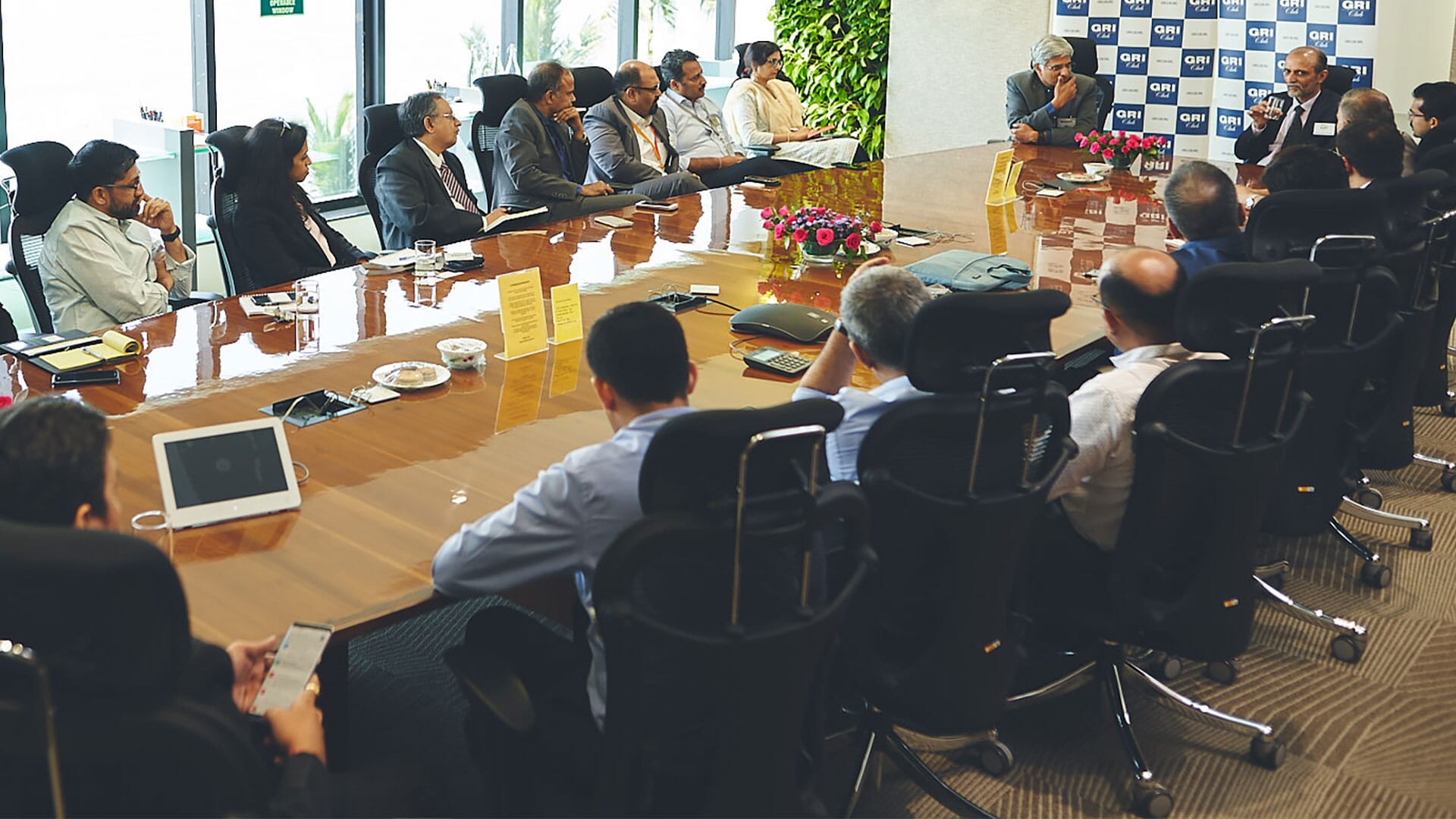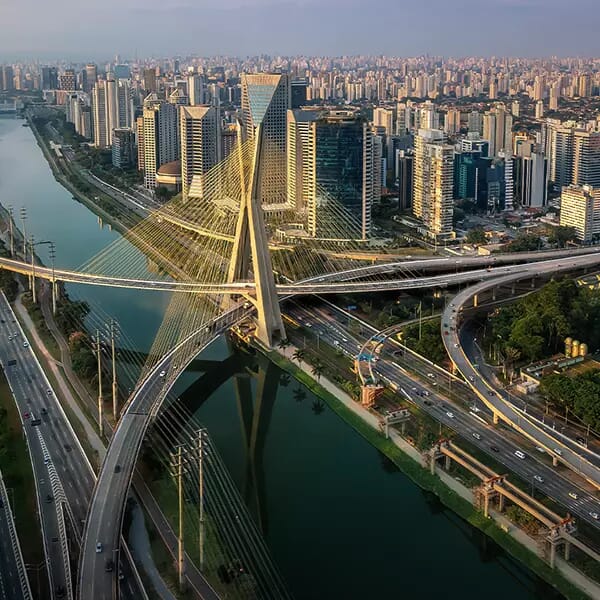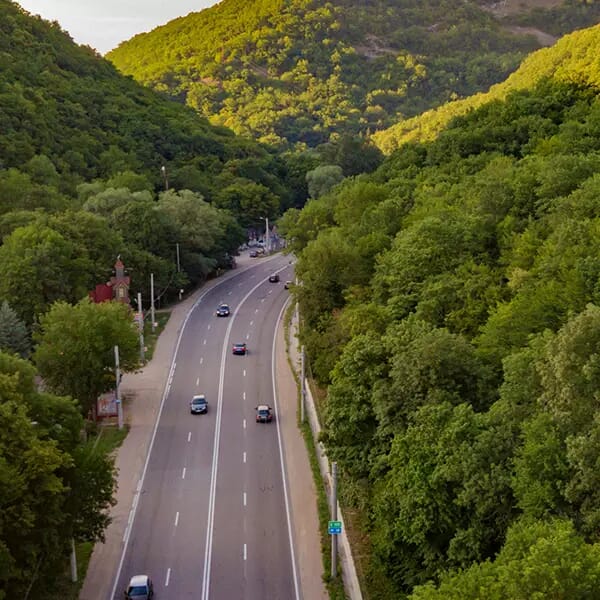 GRI
GRICan Indian infrastructure keep driving growth post-election?
GRI Club Infra India met ahead of India’s 2019 general elections to discuss their likely impact and the sector outlook.
April 30, 2019Infrastructure
GRI Club Infra India gathered in Mumbai on 24 April to discuss the current state of India’s infrastructure sector and its outlook beyond the 2019 Indian general elections, which are being held in April and May.
As a framework to the discussion, it was noted that infrastructure remains a major growth driver of the Indian economy and that the current government - led by Prime Minister Narendra Modi and his Bharatiya Janata Party (BJP) - is committed to increasing spending on infrastructure until 2023, with a focus on enhancing rural infrastructure and the completion of ongoing projects.
The discussion covered India’s system of discretionary resources allocation, the auction of new projects, and the shift from PPP’s to the Hybrid Annuity Model (HAM) and the Toll-Operate-Transfer (TOT) model - shifts which are expected to draw greater attention from investors. The ambitious Bharatmala Pariyojana project was considered more closely, in particular the extent to which it may affect current PPP road contracts and subsume existing highway projects. Bharatmala Pariyojana is described officially as a “new umbrella program for the highways sector that focuses on optimizing efficiency of freight and passenger movement across the country by bridging critical infrastructure gaps” and which involves the construction of new roads that “will add up to a whopping 34,800 kms.”
Key challenges that must be addressed, in order to maintain momentum in India’s infrastructure sector, include land acquisition, environment clearance and regulatory risks, all of which can cause delays and project extensions. Contracts, legal agreements and terms & conditions were discussed, with some participants emphasising the importance of inserting re-negotiation and re-consideration terms into agreements.
One factor affecting financing conditions for infrastructure projects in India has been the recent crisis amongst non-banking financial companies (NBFC). It was generally agreed that enhanced multilateral funding could help boost infrastructure projects in India, as the Asian Development Bank (ADB) and Asian Infrastructure Investment Bank (AIIB) already have maximum exposure in India, while few, if any, banks are investing in new projects at present.
It was also noted that the future of renewable energy looks highly promising, with a significant number of projects in the pipeline across various Indian states, and with new hydro projects offering further, undiscovered potential.
India’s infrastructure sector will be discussed further at India Infra GRI 2020 on 19-20 February in New Delhi.
As a framework to the discussion, it was noted that infrastructure remains a major growth driver of the Indian economy and that the current government - led by Prime Minister Narendra Modi and his Bharatiya Janata Party (BJP) - is committed to increasing spending on infrastructure until 2023, with a focus on enhancing rural infrastructure and the completion of ongoing projects.
The discussion covered India’s system of discretionary resources allocation, the auction of new projects, and the shift from PPP’s to the Hybrid Annuity Model (HAM) and the Toll-Operate-Transfer (TOT) model - shifts which are expected to draw greater attention from investors. The ambitious Bharatmala Pariyojana project was considered more closely, in particular the extent to which it may affect current PPP road contracts and subsume existing highway projects. Bharatmala Pariyojana is described officially as a “new umbrella program for the highways sector that focuses on optimizing efficiency of freight and passenger movement across the country by bridging critical infrastructure gaps” and which involves the construction of new roads that “will add up to a whopping 34,800 kms.”
Key challenges that must be addressed, in order to maintain momentum in India’s infrastructure sector, include land acquisition, environment clearance and regulatory risks, all of which can cause delays and project extensions. Contracts, legal agreements and terms & conditions were discussed, with some participants emphasising the importance of inserting re-negotiation and re-consideration terms into agreements.
One factor affecting financing conditions for infrastructure projects in India has been the recent crisis amongst non-banking financial companies (NBFC). It was generally agreed that enhanced multilateral funding could help boost infrastructure projects in India, as the Asian Development Bank (ADB) and Asian Infrastructure Investment Bank (AIIB) already have maximum exposure in India, while few, if any, banks are investing in new projects at present.
It was also noted that the future of renewable energy looks highly promising, with a significant number of projects in the pipeline across various Indian states, and with new hydro projects offering further, undiscovered potential.
India’s infrastructure sector will be discussed further at India Infra GRI 2020 on 19-20 February in New Delhi.



